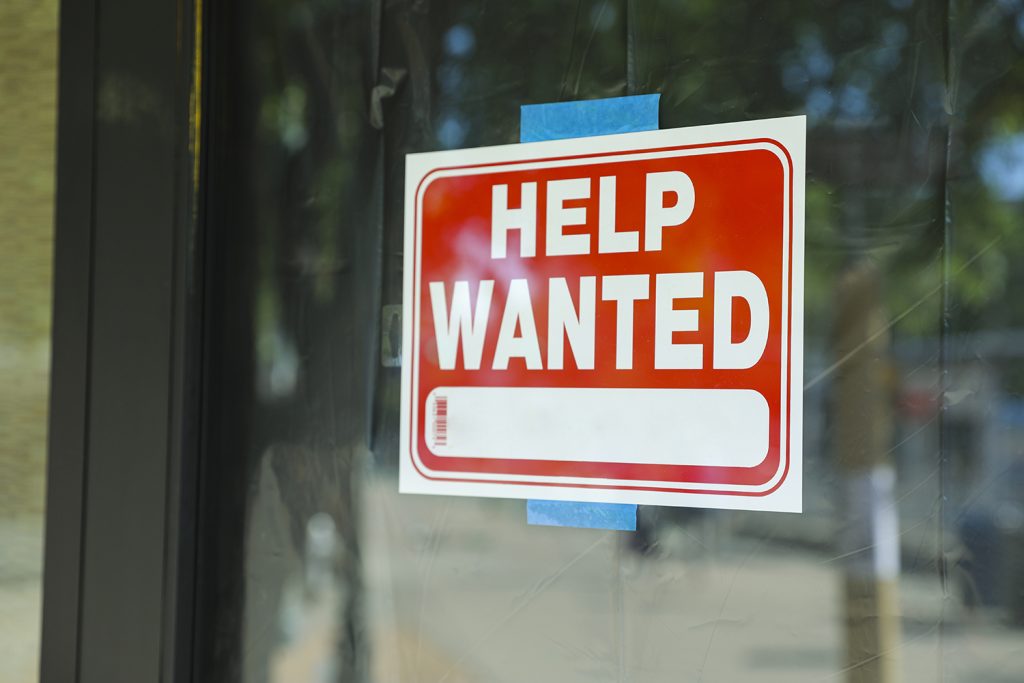
A new national survey finds deep public concern about the K–12 school workforce—83% of Americans express concerns about public school staff shortages, while 81% are worried about workforce burnout. Most Americans (89%) say K–12 public school staff deserve more respect, and they indicate that better pay (92%), healthcare benefits (89%), and pensions (86%) would help address workforce shortages.
These are the findings of “Americans’ Views of Public School Teachers and Personnel in the Wake of COVID-19,” a report from the National Institute on Retirement Security (NIRS).
“Recent years have been grueling for the K–12 workforce—from a rapid pivot to virtual learning, to heated debates on masks and vaccines, and now polarized disagreements on curriculum. So, it shouldn’t come as a surprise that staff are running for the exits,” said Dan Doonan, NIRS executive director.
“But even more troublesome is that the K–12 workforce problems go much deeper than the pandemic. Teachers were frustrated before the pandemic, and there have been fewer people going into the profession since the financial crisis created severe budget pressures. Now, we’re facing an urgent need to retain existing staff, draw experienced teachers back to schools, and figure out how to make the profession more enticing to young people. It’s a complicated problem without easy fixes, but a failure to develop meaningful solutions will have far-reaching consequences for the nation’s well-being and competitiveness.”
“Our research finds that the public understands that teacher pay and benefits are key levers for addressing the K–12 workforce crisis,” Doonan explained. “Americans overwhelmingly agree that providing educators with financial and health security in the short and long term can help rebuild the education workforce.”
The report’s key findings are as follows:
- Americans are deeply concerned about teachers and public school employees. Eighty-three percent are worried about staff shortages, 81% are concerned about staff burnout, and 81% are concerned that fewer people are going into education. This concern is high across party lines.
- Americans value K–12 employees. Nearly all Americans (95%) say public school teachers and personnel are important to their community, while 89% say they deserve more respect. Eighty-eight percent say their pay should be increased.
- Better pay and benefits, student loan forgiveness, and more school resources would help attract and retain teachers and school personnel. Ninety-two percent of respondents said better pay would help drive more people into the profession. Eighty-nine percent pointed to more generous healthcare benefits, while 86% said more generous pensions would help. Eighty-eight percent responded that more funding and resources for schools would be a key factor, while 75% indicated student loan forgiveness would be important.
- Health care and retirement benefits are viewed as magnets for attracting and retaining K–12 school personnel, and these benefits should be funded and protected. Ninety-two percent of Americans indicated health care benefits are a good tool to attract and retain teachers and school personnel, while 91% agreed pensions also help. Ninety-four percent of respondents said elected officials must ensure teacher and school personnel pension and health care benefits are sufficiently funded.







